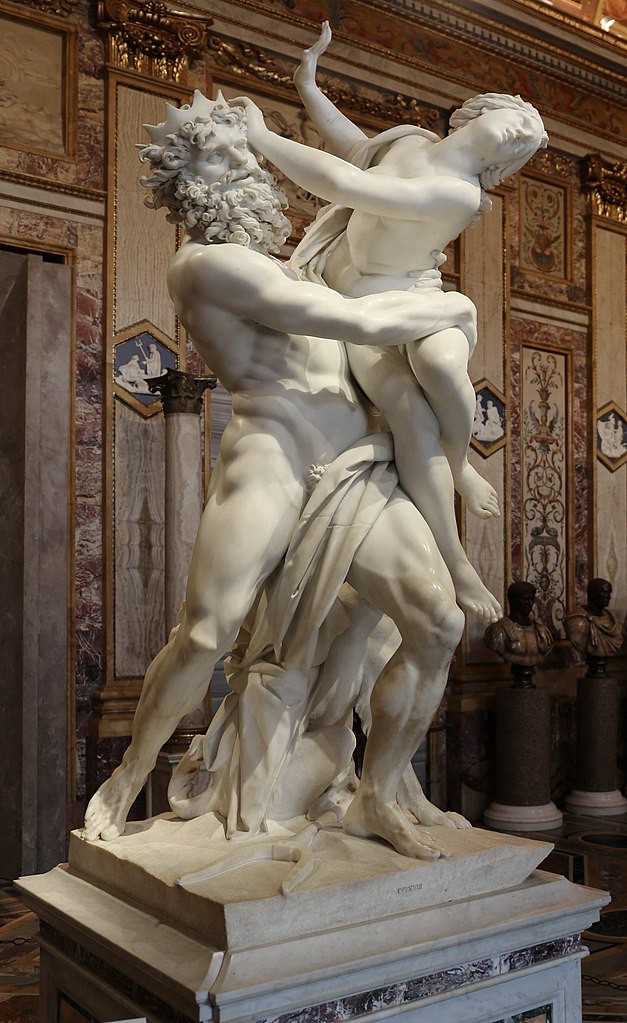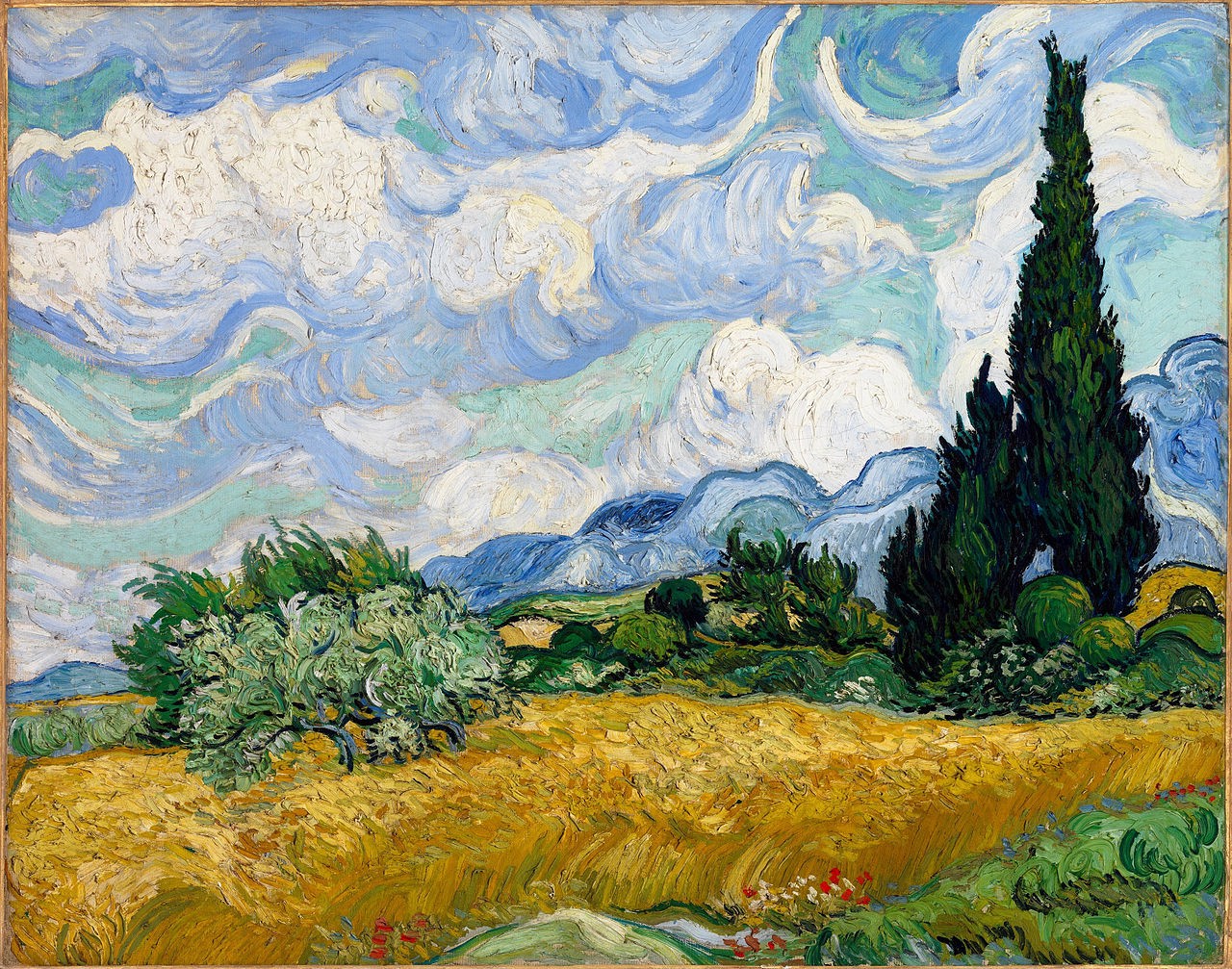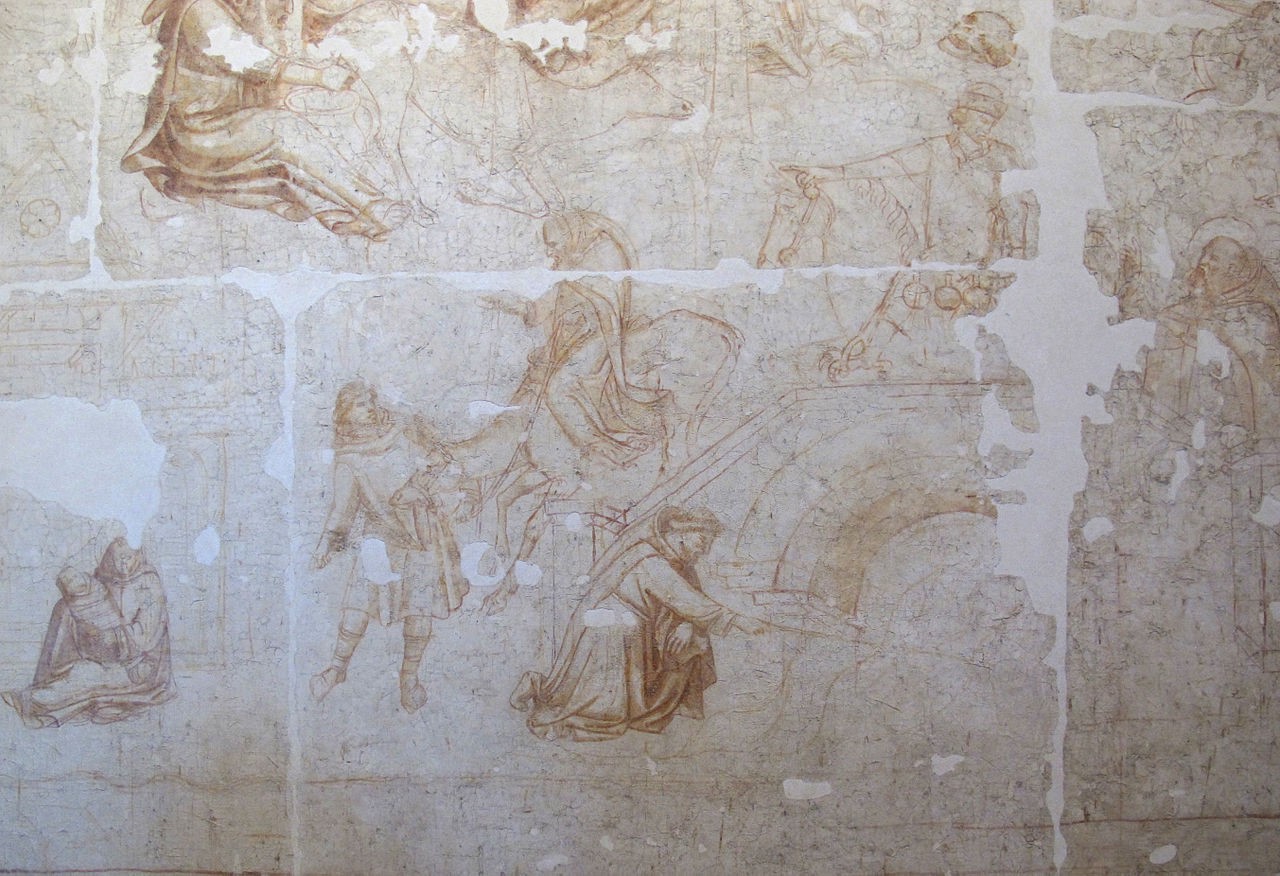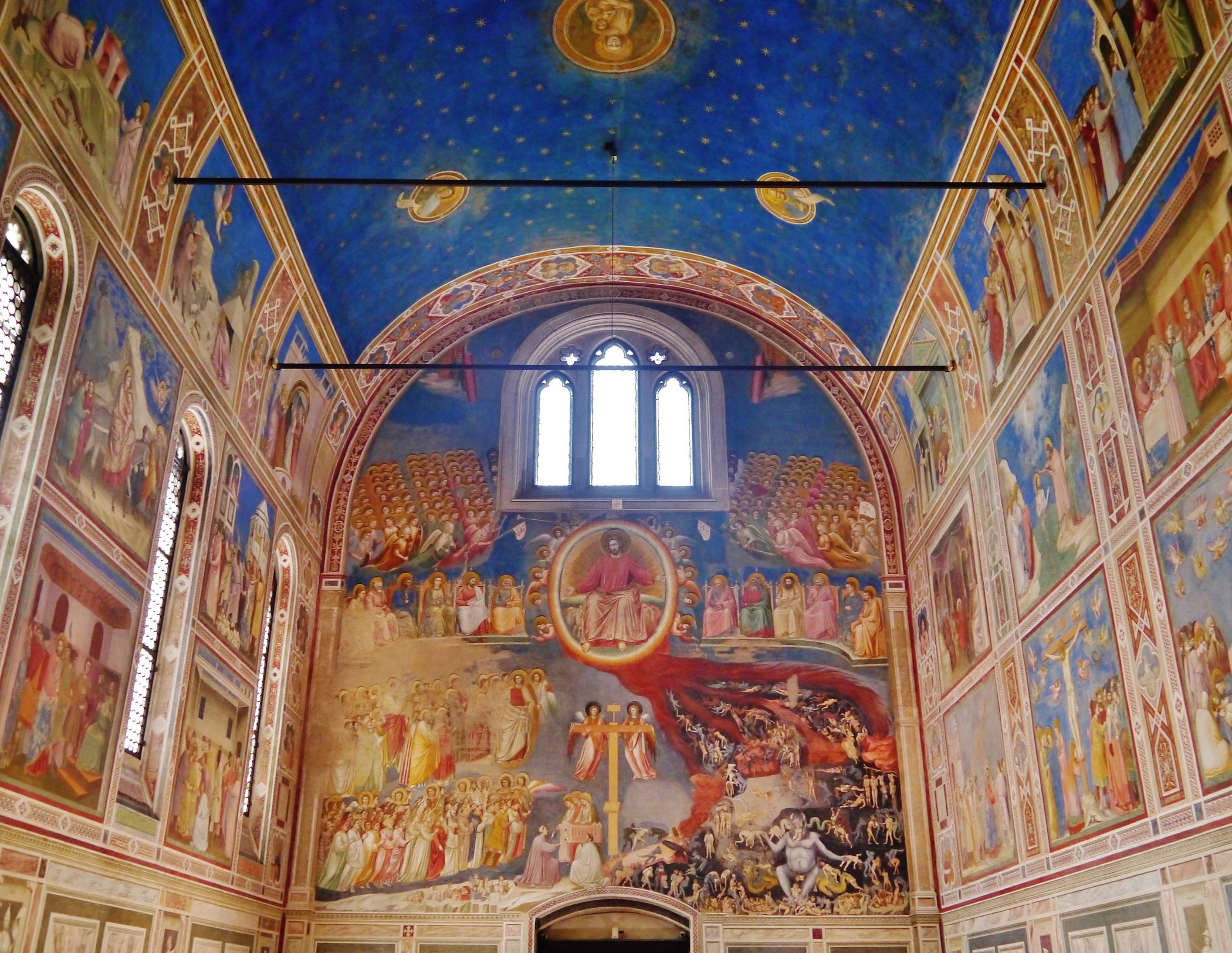The sculpture that brings stone to life

The story of Proserpine — or Proserpina in Latin — is told in Ovid’s Metamorphoses. Proserpine is the daughter of the corn-goddess Ceres, who whilst out gathering flowers in the Vale of Nysa was seen by the powerful god Pluto, King of the Underworld.
According to Ovid, Pluto was struck by an arrow from Cupid and was suddenly enraptured by Proserpine. He gathered her up and swept her away on his chariot, taking her down to the Underworld and forcing her to become his bride.
This sculpture, carved in marble by the Italian artist Gian Lorenzo Bernini was finished in 1622, and captures the tension-filled moment of Proserpine’s abduction.
With their twisted poses, the two figures come alive through Bernini’s captivating attention to detail. It is all the more remarkable when one thinks that Bernini’s was just 23 years old when he made this sculpture.
How Bernini became an artist
Bernini’s own journey began in Naples, where he was born in 1598. Son of the sculptor Pietro Bernini, the young artist was quickly recognised for his creative abilities, even attracting the attention of Pope Paul V, who is recorded as saying, “This child will be the Michelangelo of his age”.
When the family moved to Rome after Bernini’s father received a notable papal commission, Bernini began a personal study of antique Greek and Roman marbles at the Vatican.
His first patron came in the form of Cardinal Scipione Borghese, a member of the reigning papal family and a leading patron of the arts of the early 17th century. Under his sponsorship, Bernini carved his first important life-size sculptural groups, which included The Rape of Proserpina.
The drama
The first thing to notice is how Proserpine appears to clamber upwards as she attempts to wriggle free of Pluto’s grasp. As each figure strains in opposite directions, the effect acts as a brilliant device for suggesting where Pluto is actually dragging her to: downward into the Underworld.

Despite Bernini’s young age, the work displays an incredible awareness of the surface textures of skin and hair. Look at the section where the fingers of Pluto’s hand grip Proserpine’s leg, for instance. See how his hand wraps around and compresses the skin, holding the thigh and kneading the flesh like fingers into dough.
The fingers of the other hand press and sink in a similar way around Proserpine’s torso, almost enveloping the fingernails in the folds of her skin.

The carving is so artful that it almost conceals the very materials of its making. In these sections, it becomes close to impossible to see the underlying stone material. Bernini has managed to portray fingers, muscle, tendons, veins and flesh through peerless handling of marble.
The cumulative effect of these details, which recur throughout the sculpture, from Pluto’s muscular legs to Proserpine’s straining neck, is to supply a palpable sense of drama. Bernini’s technical versatility in manipulating marble meant that he could imbue the cold stone with a level of energy hardly seen before in Italian sculpture.

Bernini’s inspiration
Bernini’s work was not without precedents. The Rape of Proserpina was most likely influenced by another sculptor by the name of Giambologna, a Flemish sculptor who based himself in Italy.
Giambologna’s Rape of the Sabine Women, which stands in the Loggia dei Lanzi in Florence, is designed with a reminiscent upward movement and also provides a model for the way the Roman’s hand sinks into the hip of the Sabine woman (see below right).


Made in around 1581–83, Giambologna’s works exemplifies the emerging interest in sinuous lines, graceful curves and exaggerated poses that would come to characterise the late Mannerist and early Baroque periods.
Responses to The Rape of Proserpina
One of Bernini’s strengths as a sculptor was his ability to inject great drama into his work. His treatment of the story of Proserpine and Pluto is charged with vivid passages of spectacle, not least in the three-headed dog Cerberus which guards the entrance to the Underworld.

As we look at the sculpture, one has the sense that Proserpine’s feet are flinching before the open mouth of the growling hound — almost as if it’s happening right before our eyes. The violence of the abduction becomes evermore apparent the more closely the viewer looks.

In this regard, nothing is spared in Bernini’s sculpture. Proserpine’s intrepid fight against Pluto’s grip is bound to be futile.
At this point, we may want to ask: how do we respond when we look upon this subject of forceful abduction?
I think one response is to treat the sculpture as if it were a piece of theatre: that is, as a depiction of a dramatic scene. And just as we might applaud the performances of the actors and actresses in a play, so we can respond to this sculpture as an achievement of artistic dexterity.
In fact, Bernini was a man with a strong interest in the theatre: through his career he wrote, directed and acted in plays for which he designed stage sets and theatrical machinery.
Looked at in this way, the 225cm tall piece carved from Carrara marble is the epitome of hair-raising action. Bernini has captured texture, emotion and movement in a solid piece of stone.
For the remainder of his life he worked in Rome, becoming one of the great sculptors and architects of his time — and rivalling Michelangelo in his eminence. Later artists would draw much inspiration from Bernini, including the Victorian sculptor Lord Frederic Leighton.





















